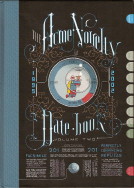Review: ‘Erotic Comics’ by Tim Pilcher
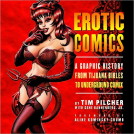 Erotic Comics: A Graphic History from Tijuana Bibles to Underground Comics
Erotic Comics: A Graphic History from Tijuana Bibles to Underground Comics
By Tim Pilcher with Gene Kannenberg, Jr.
Abrams, March 2008, $29.95
We’ve reached an interesting point in modern culture, when even something as disposable and downmarket as sexy comic books can be the subject of a classy art book from a major publisher. Abrams is about as respectable an art-book publisher as you could find; they’re the official book imprint of both the Whitney and Guggenheim museums. And they’re also the publisher of [[[Erotic Comics]]], a well-crafted and thoroughly conventional art book with lots of pictures of comics panels featuring people at least half-naked – if not actively engaged in various lascivious acts.
Erotic Comics is, except for the smutty pictures, an absolutely standard coffee-table book – printed at a large but comfortable size, not too expensive, with several color reproductions on each spread, occasional background images as well, helpful, detailed captions, and a body text that’s thin beer but perfectly acceptable. It makes no sweeping claims for the field of erotic comics, and is content mostly to show some pictures and retell the same old stories about the men who drew them.


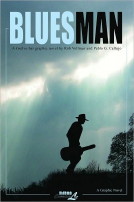
 The hit BBC series
The hit BBC series 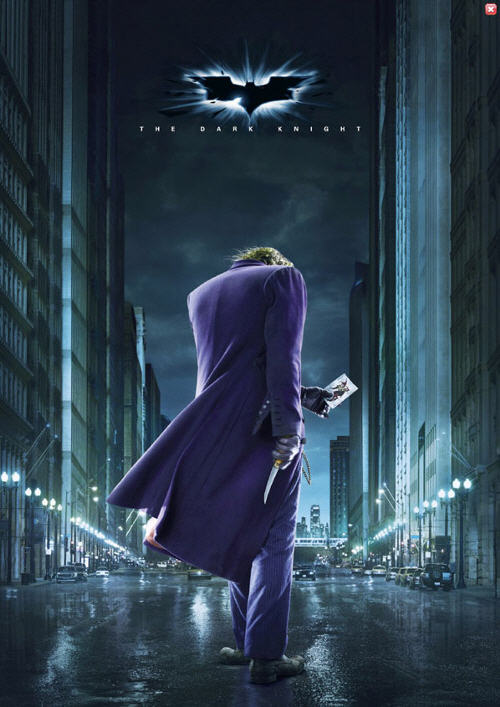 Considering the amount of massive blockbusters that have disappointed the fans this year, it is safe to say that all of your expectations will be met going into this movie. [[[The Dark Knight]]] delivers on so many levels that it becomes hard to critique it, and all that’s left is pure childlike enjoyment for approximately two hours.
Considering the amount of massive blockbusters that have disappointed the fans this year, it is safe to say that all of your expectations will be met going into this movie. [[[The Dark Knight]]] delivers on so many levels that it becomes hard to critique it, and all that’s left is pure childlike enjoyment for approximately two hours.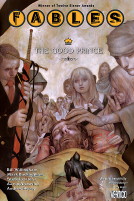 Fables]]] is one of the big successes of the current version of the Vertigo line, where every book has a Hollywood-style high concept: all males on Earth are killed – except one!; New York’s mayor can talk to machines!; Refugee fairytales live in the modern world! And, in another Hollywood-esque twist, Fables even has a spin-off of its own, like
Fables]]] is one of the big successes of the current version of the Vertigo line, where every book has a Hollywood-style high concept: all males on Earth are killed – except one!; New York’s mayor can talk to machines!; Refugee fairytales live in the modern world! And, in another Hollywood-esque twist, Fables even has a spin-off of its own, like 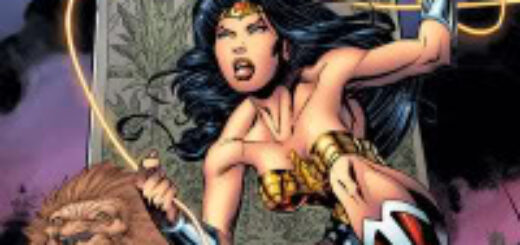
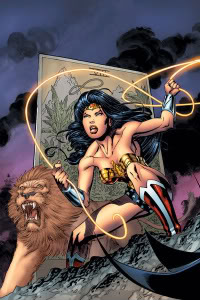 This issue is titled "A third symbol now…" but a more accurate one would be "OK, so here’s exactly what’s going on."
This issue is titled "A third symbol now…" but a more accurate one would be "OK, so here’s exactly what’s going on."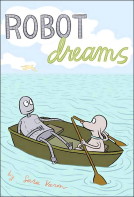
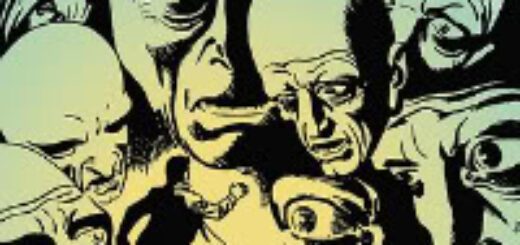
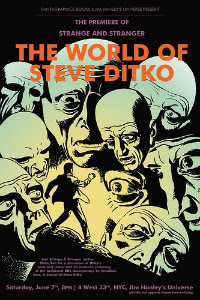 As a history of Steve Ditko’s career as a comics artist,
As a history of Steve Ditko’s career as a comics artist,  The hit BBC series
The hit BBC series 